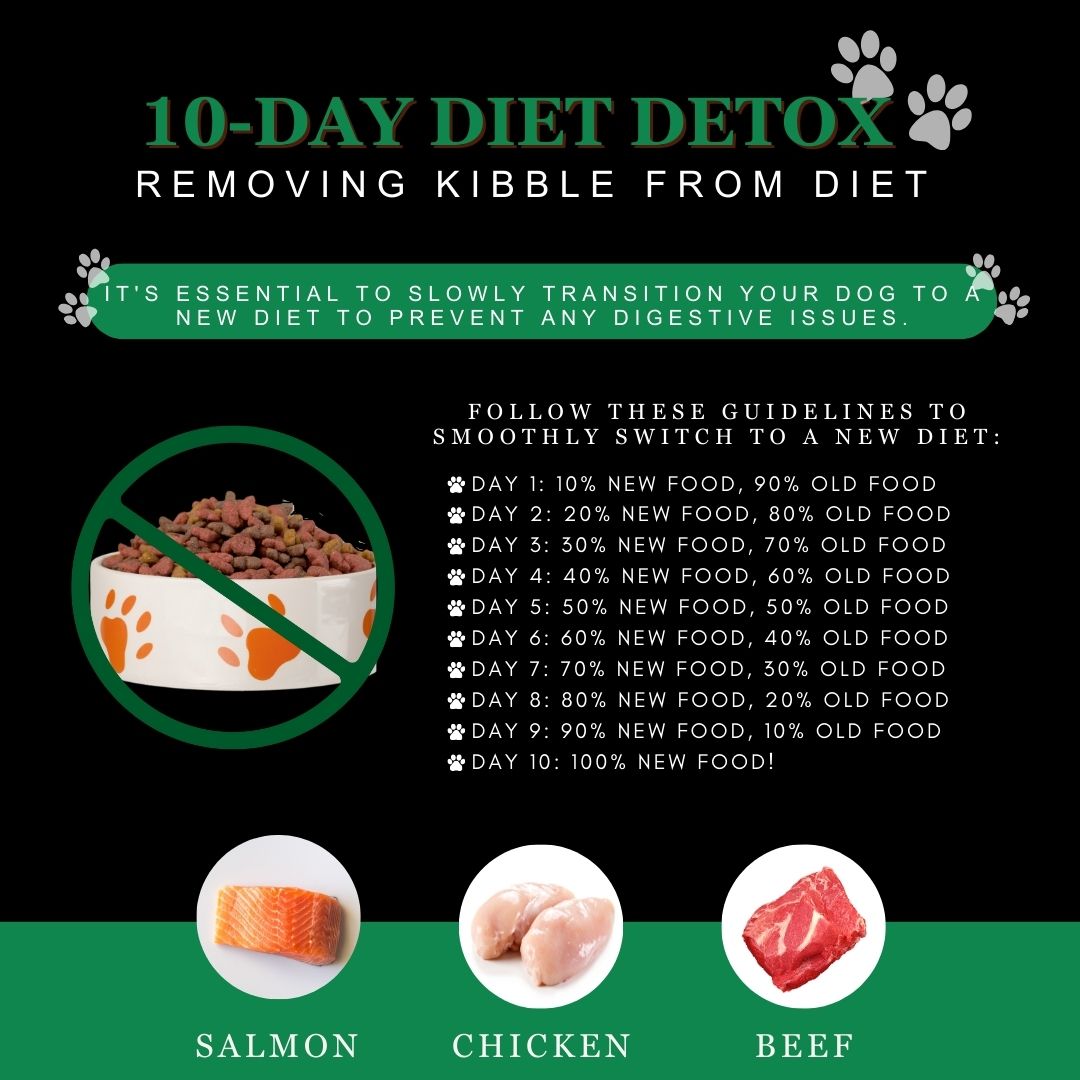Dietary Suggestions
This page provides a list of suggested dietary recommendations based on insights from our trusted associates who have experience supporting dogs with cancer. The most important factor in a cancer-supportive diet is removing kibble, as highly processed foods can contribute to inflammation and negatively impact overall health. Instead, a fresh, nutrient-dense diet focused on whole foods can help support immune function, improve digestion, and promote overall well-being. While these suggestions are based on observed benefits, we encourage pet owners to consult with their veterinarian to create a diet plan tailored to their dog’s specific needs.
Healing Project Dietary Recommendations
According to Patient Reported outcomes and veterinary experts, homemade diets, freeze dried raw meat, or grain-free, USDA Organic kibble are better options for dogs due to the lack of nutritional value and harmful toxins in processed dog foods.
A high-fat, ketogenic-like diet, consisting primarily of meat and vegetables, is recommended for dogs with cancer. To determine how much food a dog needs, feed 2-3% of their body weight per day, with 60% meat and 40% vegetables.
Tips for Transitioning Your Dog to a New Diet
It’s essential to slowly transition your dog to a new diet to prevent any digestive issues. However, the exact time needed for the switch can vary from dog to dog. Some may be able to adjust more quickly, while others may require a more gradual transition. Nonetheless, the primary objective is to ensure your dog gets enough food. Follow these guidelines to smoothly switch to a new diet:
- Day 1: 10% new food, 90% old
- Day 2: 20% new food, 80% old
- Day 3: 30% new food, 70% old
- Day 4: 40% new food, 60% old
- Day 5: 50% new food, 50% old
- Day 6: 60% new food, 40% old
- Day 7: 70% new food, 30% old
- Day 8: 80% new food, 20% old
- Day 9: 90% new food, 10% old
- Day 10: 100% new food!
